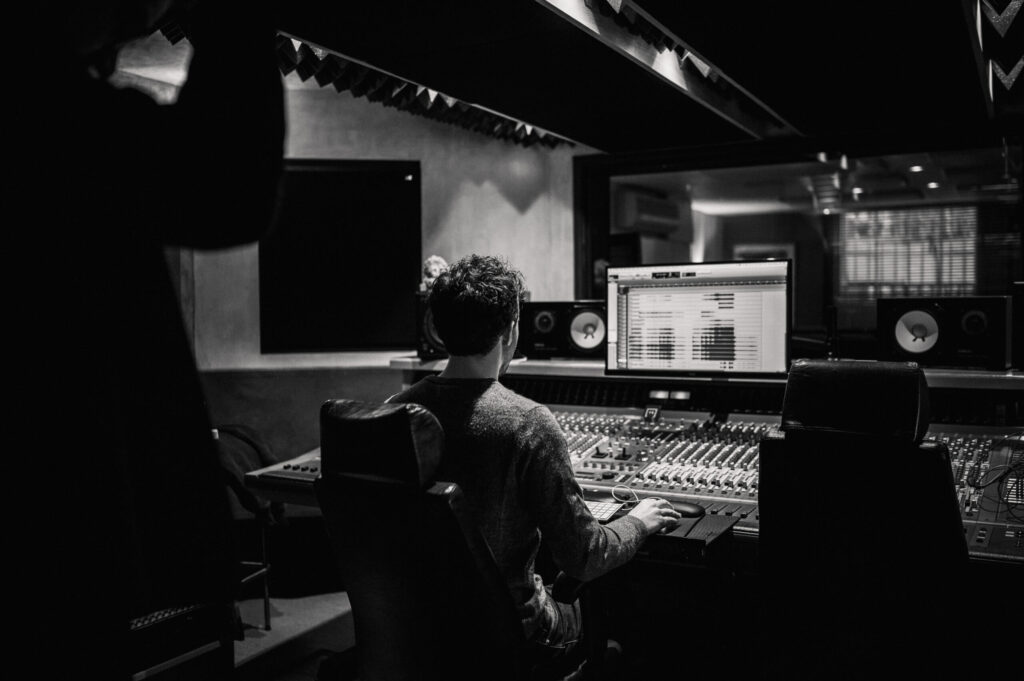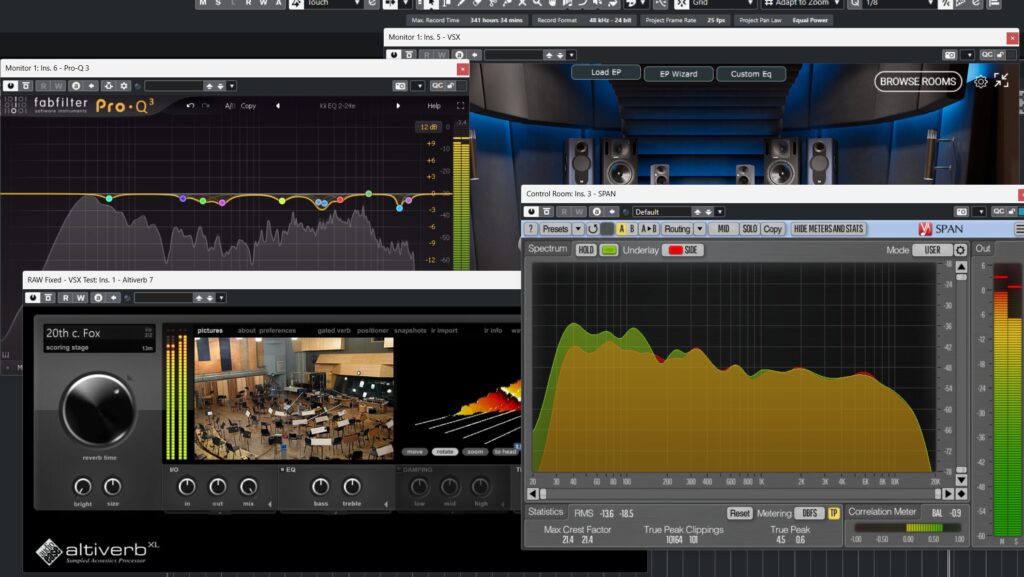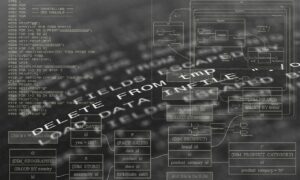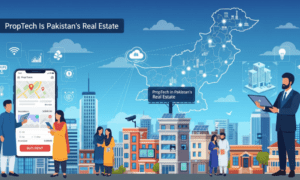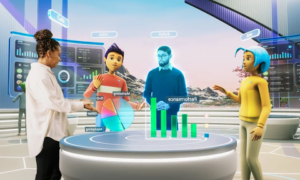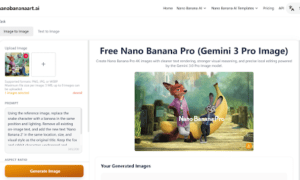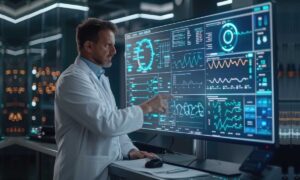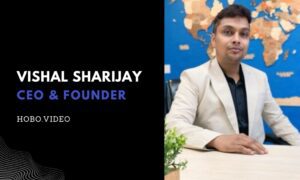For most of music history, orchestras were out of reach. Not creatively—but logistically and financially. Recording just one track with a live orchestra could easily run into six figures. You’d need the players, a venue, recording engineers, copyists, conductors, mix teams, and enough microphones to make Abbey Road look modest.
But for emerging artists today, that scale of budget simply isn’t realistic. And yet the desire for that cinematic, expansive sound hasn’t gone away. If anything, it’s grown.
As a composer and producer working with singer-songwriters and instrumentalists around the world, Oscar Osicki has spent the last few years developing a workflow that brings orchestral depth to artists who would never have been able to access it. It’s not a magic trick—and it’s not AI doing the work. It’s a combination of smart sampling, hybrid scoring techniques, virtual spaces, and an honest respect for what makes orchestras feel alive in the first place.
Sampling Changed Everything—Kind Of
The turning point, of course, was sampling. We can now record every note, articulation, and dynamic of a violin—or a whole section—and make it playable from a MIDI keyboard. It’s an amazing feat, and without it, cinematic production for independent artists simply wouldn’t be possible.
But there’s a catch: for a long time, sample libraries just didn’t sound convincing—especially for slower, expressive music. “You could get away with staccato strings and big booms, but try anything lyrical or nuanced and it would collapse under its own weight,” said Osicki.
That’s part of why certain types of music fell out of fashion. It’s no accident that so many modern scores lean into short, rhythmic motifs and percussive patterns. “They’re easier to make sound good with samples,” he said. “A sweeping Tchaikovsky line, by contrast, exposes every weakness in the system.”

How a composer is using hybrid orchestration and modern production tech to make cinematic sound accessible on a laptop
What’s Changed? Legato Scripting…
One of the biggest leaps in sampled orchestration recently has been legato scripting, says Osicki. This isn’t just a cosmetic upgrade—it’s the foundation of expressive realism in sampled music.
In real life, when a violinist moves from one note to another, it’s never just two isolated pitches. “There’s a continuous bow stroke, subtle finger movement, and often an expressive shift in vibrato or pressure,” he said. “That transition—the legato—is where emotion lives.”
Old-school sample libraries used to fake this with simple crossfades. You’d play one note, then another, and the system would try to blend them together. But it always sounded like two separate samples trying to merge. No glue.
Now, with modern scripting and deep sample sets, we’re getting actual recorded transitions between every possible note pair—up a tone, down a third, chromatic half-step, whatever. These are real performances, baked into the library, with unique attack and tail behavior for each interval. Some libraries even offer different legato speeds (slow portamento vs quick fingered transitions) and allow for dynamic control of bow pressure, vibrato intensity, and onset speed—all modulated in real time.
“That means I can perform a string line on a MIDI keyboard and control exactly how it breathes,” said Osicki. “Not just which notes are played, but how they’re phrased: do they lean in or back off? Do they sigh into the next note or hit it with urgency?”
When done right, this fools even experienced musicians, he notes. “It’s not just about sounding ‘good for samples,’ it’s about reaching a point where the listener forgets it’s digital at all,” he adds.
Real Space Matters
Even with great legato, a dry sample still sounds like it was recorded in a vacuum. And a full orchestra playing in a vacuum is not just unnatural—it’s lifeless.
That’s where convolution reverb becomes essential.
At its core, convolution reverb works by capturing an impulse response—a sort of acoustic fingerprint—of a real space. Someone records a loud transient (like a starter pistol or sine sweep) in a concert hall, cathedral, or scoring stage, and then captures the reflections that bounce off every surface over time.
“This impulse response is then used as a blueprint,” said Osicki. “I can run my digital orchestra through that blueprint, and it responds just as if it were playing in that space. Not a reverb simulation—an actual model of how sound moves and decays in that room.”
As Osicki explains: “If I want a Mahler-style climax that swells into the rafters of the Concertgebouw, I load the IR for that hall. If I want a more intimate dry scoring stage with tight reflections—say, the 20th Century Fox stage—I use that instead. I’ve even placed choral textures in IRs from King’s College Chapel, just to recreate that towering English choral sound that blends the voice with the space itself.”
This isn’t just an aesthetic decision—it glues the samples together. “Without it, you’re layering 20 different dry sources from 20 different microphones, and your mix never quite feels unified,” he said. “With convolution, you’re putting the whole orchestra in the same acoustic reality. And once they’re in that space, the samples stop feeling like separate instruments and start behaving like a living ensemble.”
And Once It’s Digital… You Can Get Creative
There’s also a side of this that goes beyond realism. Because we’re not locked into a physical room with players, we can push things in creative directions. “I’ve worked on tracks that use orchestral samples and filter them through rhythmic gates or sidechain compressors—techniques more common in EDM, than classical,” said Osicki.
A string line can pulse like a synth. A harp can shimmer, vanish, then reappear with a reversed tail. “You start blending traditional orchestration with modern production in ways that wouldn’t make sense—or even be possible—with a live ensemble,” he said.
Projects that wouldn’t have been possible before
Last year, Osicki worked with Chloe Edgecombe, a finalist on Got Talent Argentina, on a song with a refugee narrative. The orchestral score that he built around her voice would have cost over $100,000 to record traditionally. “We did it from opposite sides of the world, using digital instruments and a few live solo overdubs,” he said.
With the Intesa Duo—two viola da gamba players from London—Osicki built an arrangement where the orchestra wasn’t just background, but a character of its own. “Those instruments, hundreds of years old, were placed into a sonic world that felt simultaneously ancient and cinematic,” said Osicki.
This kind of production is now possible not because we’re cutting corners, but because the tools have finally caught up with the ideas. And because we’re willing to be flexible with how we define “orchestra,” he notes.
Why It Matters
“The point of all this isn’t to replace real orchestras,” explains Osicki. “It’s to give more artists the chance to tell stories with the emotional range that orchestral music allows. And to do it without needing a film studio’s budget.”
A decade ago, cinematic music was a luxury. Now, it’s something emerging artists can genuinely consider as part of their sound. My job is to make that happen in a way that still feels alive—still feels personal.
Because the technology’s only useful if it helps someone say something they couldn’t say before.
Follow Oscar Osicki’s YouTube channel.


